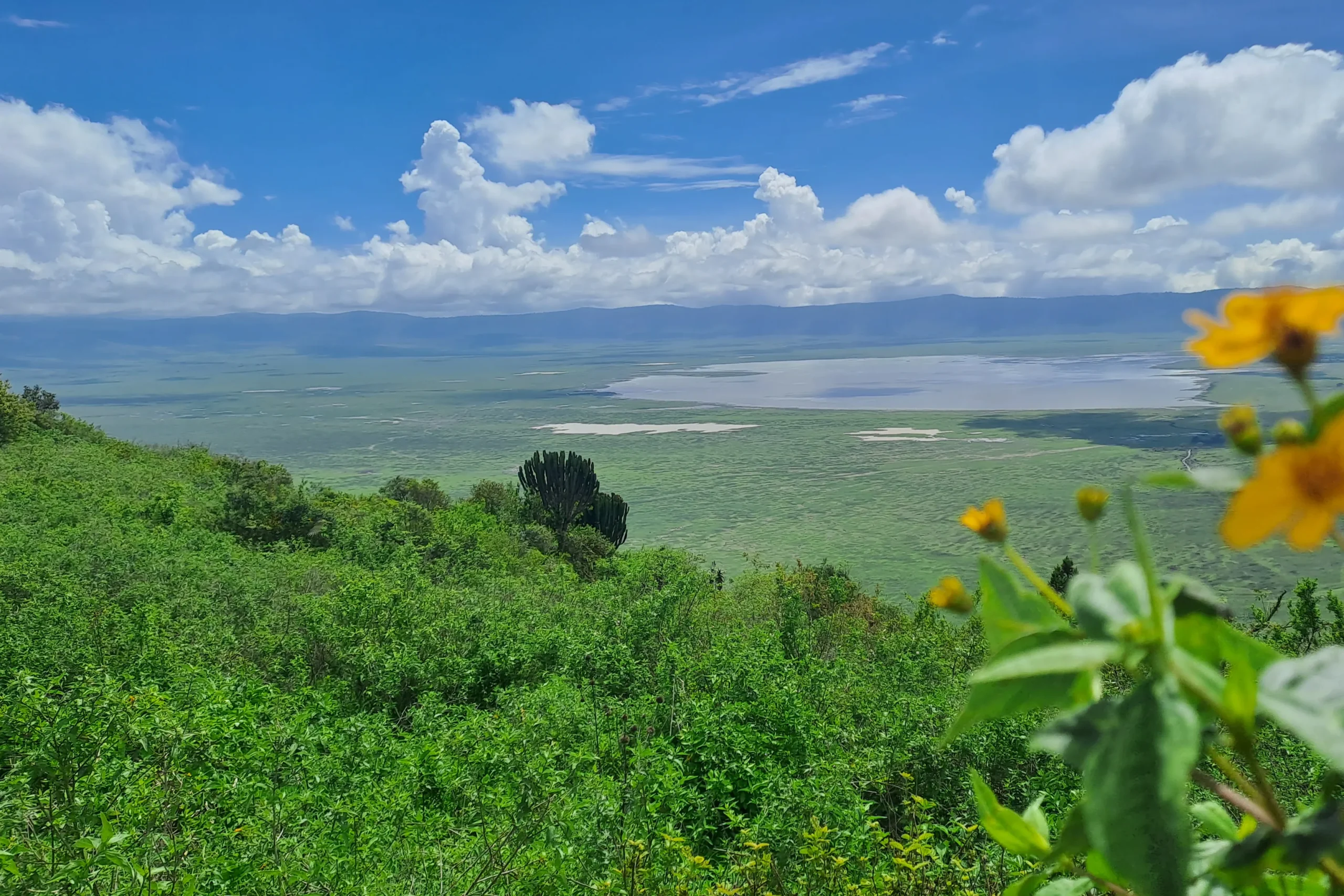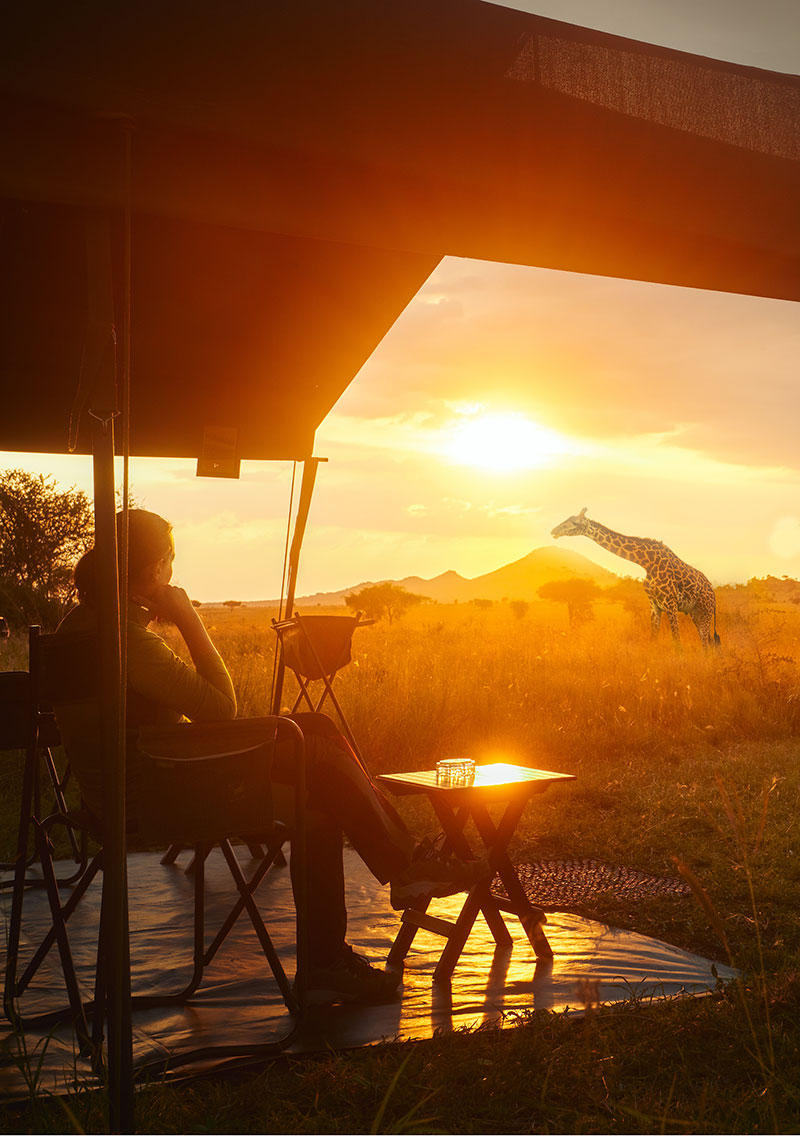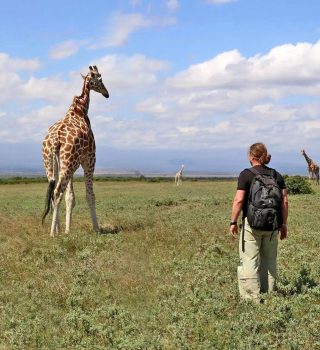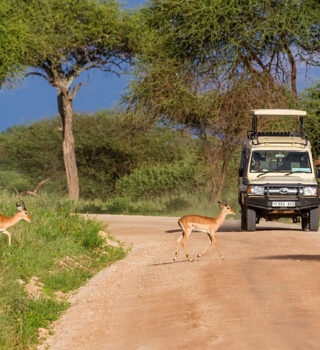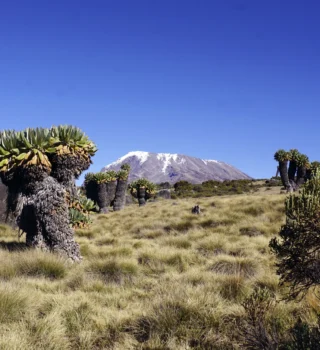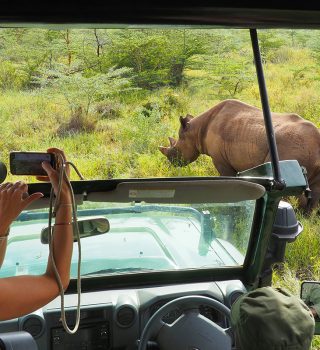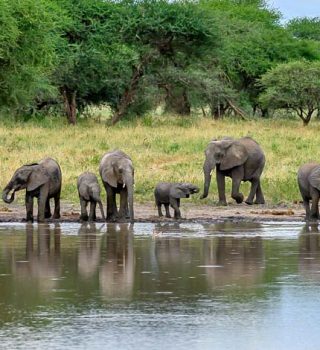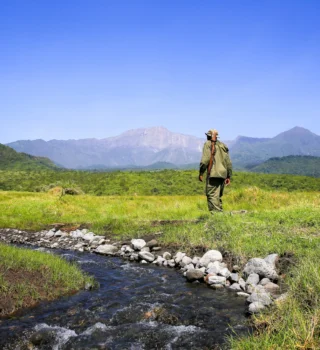Ngorongoro Crater
Ngorongoro Crater
The Ngorongoro Crater lies in the 8,000 km2 wide Ngorongoro Conservation Area. It is adjacent to its northwestern extension of the Serengeti and north of Ol Donyo Lengai, the Maasai holy mountain of God. This unique area permits a harmonious coexistence of nature conservation, tourism and grazing of the Maasai and was made a UNESCO World Heritage Site in 1979.
The Ngorongoro Crater is a massive wildlife-filled, volcanic caldera. The vast number of animals inside the crater are not confined by the crater’s walls and can leave freely – they stay because of the promising conditions however.
The Ngorongoro Crater floor encompasses a wide variety of habitats, including open grasslands, swamps, dense forests, and lakes. With a bit of luck, you might spot the “Big Five” in just one day.

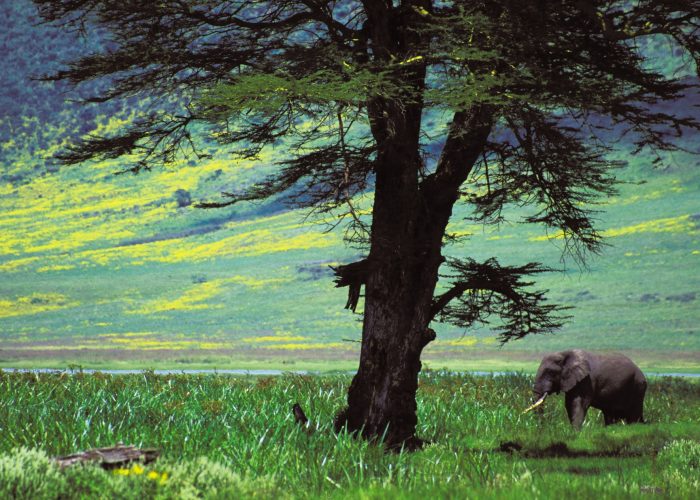

Location / Getting there
You can reach the Ngorongoro Crater by vehicle from Arusha in around 4 hour drive. It is also accessible from the Serengeti via Naabi Hill Gate.
Best time to travel
The crater can be visited through out the entire year, even in the rainy season between March and May. Actually it's a good time to travel since you'll have the crater pretty much for yourself. The dry season begins in June and ends in October. Even the months of December to March, right after the short rains are recommended. Expect a lot of dust in the crater during the dry season.
Ngorongoro Crater can be visited from these accommodations
Activities
Game drives are the primary activity at Ngorongoro Crater, providing visitors with the opportunity to explore the crater floor and observe its rich wildlife up close. The crater is also a paradise for birdwatchers, with over 400 bird species recorded in the area, including flamingos, ostriches, crowned cranes, eagles, vultures, and numerous waterfowl species. Guided nature walks around the rim of the crater offer visitors the chance to appreciate the stunning panoramic views of the crater floor and surrounding landscapes. Walking safaris provide opportunities to learn about the local flora, geology, and ecology while enjoying the tranquility of the natural surroundings. It is also possible to visit the museum at Oldupai Gorge (archaeological site).
